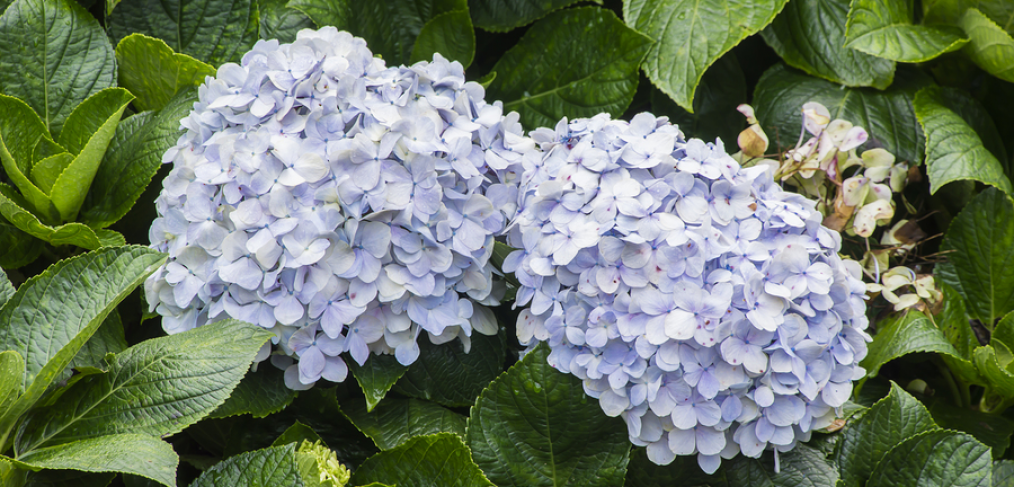
Top 7 Flowering Shrubs for Summertime Blooming
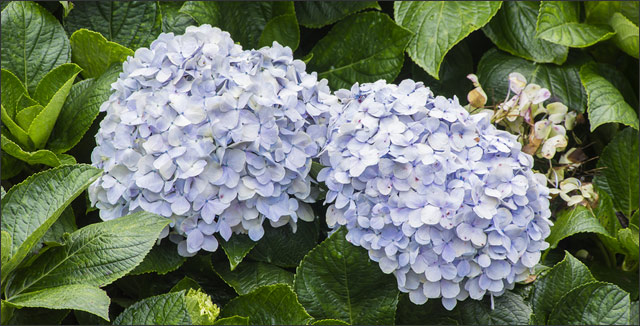
Are you looking for easy to care for flowering shrubs that will offer a summertime full of blooms?
Today, we will be examining some of the best flowering shrubs that will bloom during the summer and some tips on how to grow them.
Flowering Shrubs for Summertime Blooming
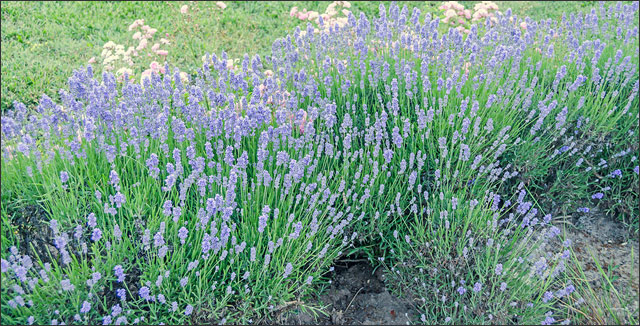
Bluebeard shrubs
Bluebeard Shrub
The Bluebeard shrub is an excellent shrub if you want late summer blooming flowers because it develops midsummer to early fall.
Other benefits are that the Bluebeard shrub shakes off any threat that drought and heat make. In addition, it attracts butterflies and birds. This shrub is best for zones 4-8.
A few tricks to growing the Bluebeard shrub:
- In the spring, when the bush starts showing new growth, prune the plants generously.
- To ensure the plant’s ability to bounce back after cold winters, it is best to use well-drained soil.
- You can plant this shrub in containers, beds, and borders, on slopes and as ground cover.
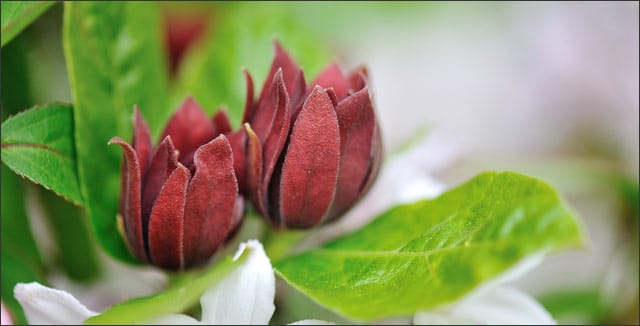
Carolina allspice shrub
Carolina Allspice Shrub
The Carolina allspice shrub will grow up to 8 feet tall and 10 feet wide. At the beginning of the summer, this shrub offers dark red flowers with a strong fragrance.
After the summer continues, the bushes leaves change color, and by early fall, this shrub boasts a beautiful shade of yellow.
One bonus thanks to its clove-scent foliage is that it is left alone by deer.
This shrub is great for zones 5-9.
A few tricks to growing the Carolina allspice:
- It is best to plant this shrub in a spot on your landscape where it can get lots of sun.
- This shrub craves moist, well-drained soil.
- You can use containers to plant this shrub as well as slopes, beds, and borders.
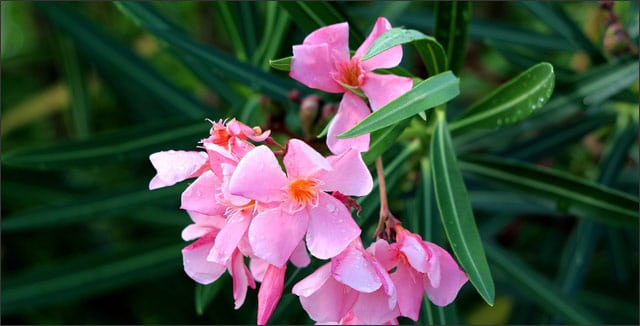
Oleander shrub
Oleander Shrub
The oleander shrub has large clusters of fragrant flowers and is an excellent as a hedge for privacy.
Please take note that when considering this shrub in your landscape, that it is highly poisonous. It is best not to plant this shrub where children and pets play. Zones 10 and 11 are best for this shrub. They can be planted in zones 8 and 9. However, they may be damaged by frost in zone 8.
A few tricks to growing the oleander shrub include:
- This shrub prefers moist, well-drained soil.
- Plant this shrub in an area in your landscape that is full of sun.
- You can plant this shrub in containers, on slopes, beds, and borders and for privacy.
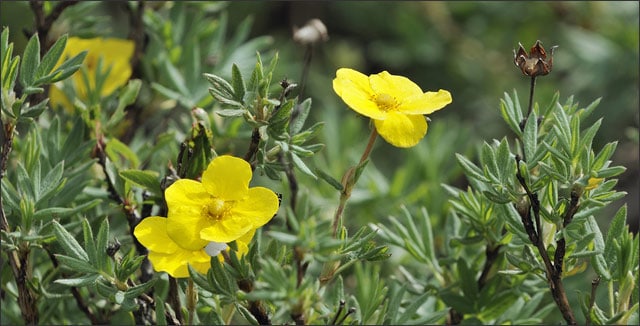
Potentilla shrub flowers
Potentilla Shrub
The potentilla shrub is excellent for every landscape because they are easy to grow. It starts blooming in the late spring and is still blooming into the fall.
Colors of this shrub range from orange, red, cheery yellow and white. An added benefit is that this shrub attracts butterflies. This shrub grows well in zones 2-7.
A few tricks to the potentilla shrub are:
- Providing the potentilla with good drainage is crucial for the best growth.
- Potentilla shrubs love to be out in the sun.
- You can plant this shrub as ground cover, on slopes or as beds and borders.
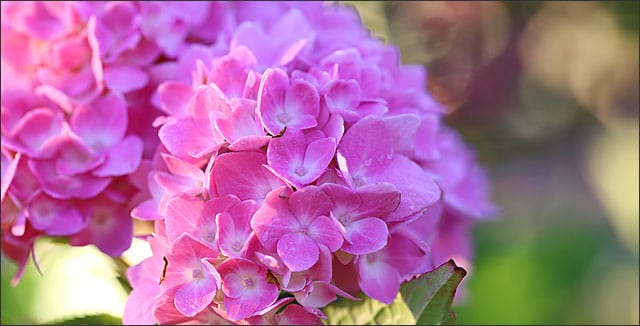
Endless summer hydrangea
Endless Summer Hydrangeas
The endless summer hydrangea is a perennial shrub that re-blooms in the spring and summer. This variety of hydrangea macrophylla will bloom 10-12 weeks longer than average varieties.
Hardy in Zones 4-9, these beautiful shrubs grow from 3-4 feet tall and 3-4 feet wide. In addition, they are low maintenance.
A few tips for the Endless Summer hydrangeas include:
- This shrub prefers moist, well-drained soil. Over-watering will reduce flower production.
- For best results, plant in part shade.
- The color of the flowers will be blue with pH below 6.0 and pink with pH above 6.0.
Blue Chiffon Rose of Sharon
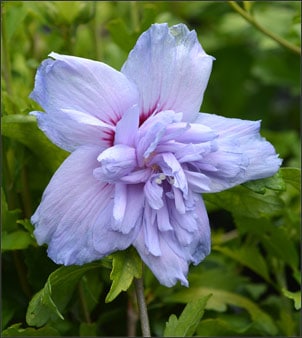
Blue Chiffon Rose of Sharon flower
This shrub has a few names, so don’t get confused: “shrub Althea,” and Hibiscus syriacus – which is the same genus name as dinnerplate hibiscus.
Blue Chiffon Rose of Sharon has a different cultivar name though: “Notwoodthree.” In any case, Blue Chiffon is its brand name. “A rose by any other name would smell as sweet,” right?
This plant grows violet-blue flowers, which is rare in the plant world. Blue Chiffon’s central white stamen and characteristic Rose of Sharon burgundy center are surrounded by an extra frilly layer of petals, making it distinctive.
Hardy in zones 5-8, Blue Chiffon blooms from mid-summer into fall.
Here are a few additional tips to make sure your Blue Chiffon thrives:
- Grows well in full to partial sun and well-drained soil
- It is drought tolerant, so yellowing leaves may indicate over-watering more than a lack of watering.
- Blue Chiffon attracts aphids and Japanese beetles, so be prepared with neem oil and remove the beetles by hand.
- They are also suckers for leaf spot and canker, the spread of which you can prevent by removing infected areas right away.
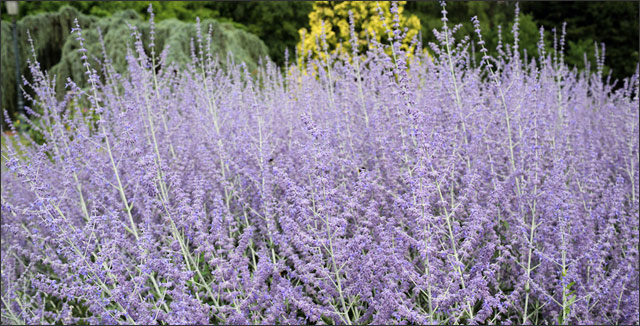
Russian Sage
Russian Sage
This gorgeous bush packs a double punch: lavender flowers and silvery gray foliage.
You may have mistaken this fragrant plant for lavender, and it prefers the same conditions as a lavender bush: sunny and dry.
In fact, it’s best not to mulch these beauties as mulch traps too much moisture.
Russian sage blooms from mid-summer through fall and its seed pods provide interest through the winter. In the open, Russian sage acts like ground cover. Too much shade will cause the plants to sprawl.
It’s hardy in zones 5-10.
Here are a few extra tips for Russian Sage:
- Plant Russian sage in the early spring, occasionally watering until established
- Compost in late fall, but not too much. North of Zone 6, cover with 2 inches of pine needles over winter.
- If you don’t want the seed pods through winter, cut back dead foliage to about one foot from the ground.
- To keep the plant growing upward toward the end of the season as it begins to spread, cut the top ⅓ of stems.
Bringing it Home
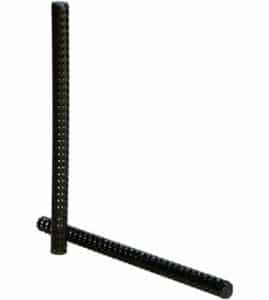
Rootwell Root Starter Sticks deep root systems
We hope that these flowering shrubs help your garden to bloom beautifully in the summer.
Remember, whenever you think about planting new shrubs or bushes, you will want to install Rootwell’s Root Starter Sticks to ensure your shrubs receive the oxygen, water, and nutrients they require.



